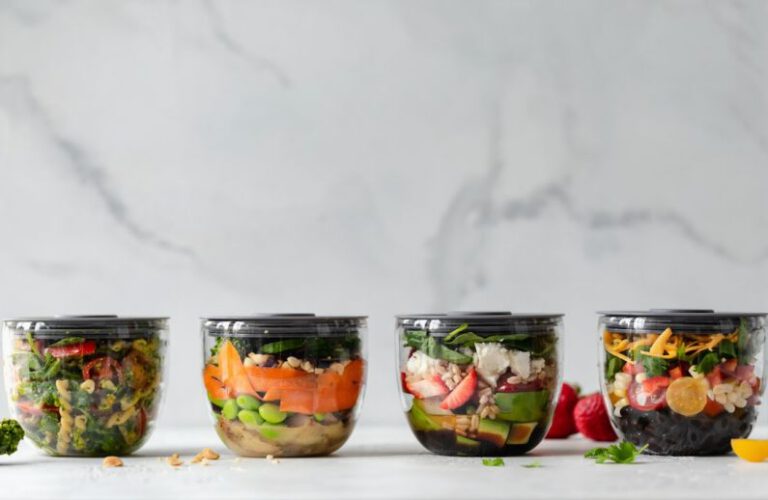Safe Storage Practices for Raw Seafood
Fresh seafood is a delicious and nutritious choice for meals. However, it is important to handle and store raw seafood properly to prevent foodborne illnesses. In this article, we will discuss safe storage practices for raw seafood, ensuring that you can enjoy your seafood without any health risks.
Understanding the Shelf Life of Raw Seafood
Before diving into storage practices, it is crucial to understand the shelf life of different types of raw seafood. Fresh fish and shellfish are highly perishable and can spoil quickly if not handled and stored correctly. It is recommended to consume fresh seafood within two days of purchasing it. However, frozen seafood can be stored for much longer, up to several months, if stored properly.
Refrigerator Storage
When storing raw seafood in the refrigerator, the temperature plays a crucial role in maintaining its freshness and quality. Set your refrigerator temperature to 40°F (4°C) or below to slow down bacterial growth. Here are some essential tips for refrigerator storage:
1. Packaging: It is vital to keep raw seafood tightly wrapped or in a sealed container to prevent cross-contamination with other foods. Place it on a plate or tray to catch any potential leaks or drips.
2. Placement: Store raw seafood on the lowest shelf of your refrigerator to prevent any drips from contaminating other foods. This also helps to maintain a consistent temperature for the seafood.
3. Use promptly: Raw seafood should be consumed within two days of purchase. If you don’t plan to use it within this timeframe, consider freezing it to prolong its shelf life.
Freezer Storage
Freezing raw seafood is an excellent way to extend its shelf life and preserve its quality for a more extended period. Here are some guidelines for freezing raw seafood:
1. Packaging: Before freezing raw seafood, make sure to remove any excess moisture by patting it dry with a paper towel. Proper packaging is essential to prevent freezer burn and maintain the seafood’s taste and texture. Wrap it tightly in plastic wrap or place it in a freezer-safe bag.
2. Labeling: Always label your frozen seafood with the date of freezing to keep track of its freshness. Use older frozen seafood before newer ones to avoid wastage.
3. Optimal temperature: Set your freezer temperature to 0°F (-18°C) or below to ensure proper freezing and storage of raw seafood.
Thawing Raw Seafood
Thawing raw seafood correctly is just as important as storing it properly. Here are some safe thawing methods:
1. Refrigerator thawing: The safest method to thaw raw seafood is to place it in the refrigerator. It is a slow process but allows for a gradual thaw, maintaining the seafood’s quality. Plan ahead, as it may take several hours or overnight to thaw thoroughly.
2. Cold water thawing: If you need to thaw seafood quickly, you can submerge the tightly sealed package in cold water. Change the water every 30 minutes to ensure it stays cold. Do not use warm or hot water, as it can promote bacterial growth.
3. Microwave thawing: If using a microwave to thaw seafood, make sure to follow the manufacturer’s instructions. Use the defrost setting and check the seafood frequently to avoid cooking it.
Conclusion: Enjoying Fresh and Safe Seafood
By following these safe storage practices, you can enjoy fresh and safe raw seafood. Whether you’re storing it in the refrigerator or freezer, maintaining the right temperature, packaging, and proper thawing methods are key. Remember to always check the quality and freshness of raw seafood before consuming it to ensure a safe and delightful culinary experience.






